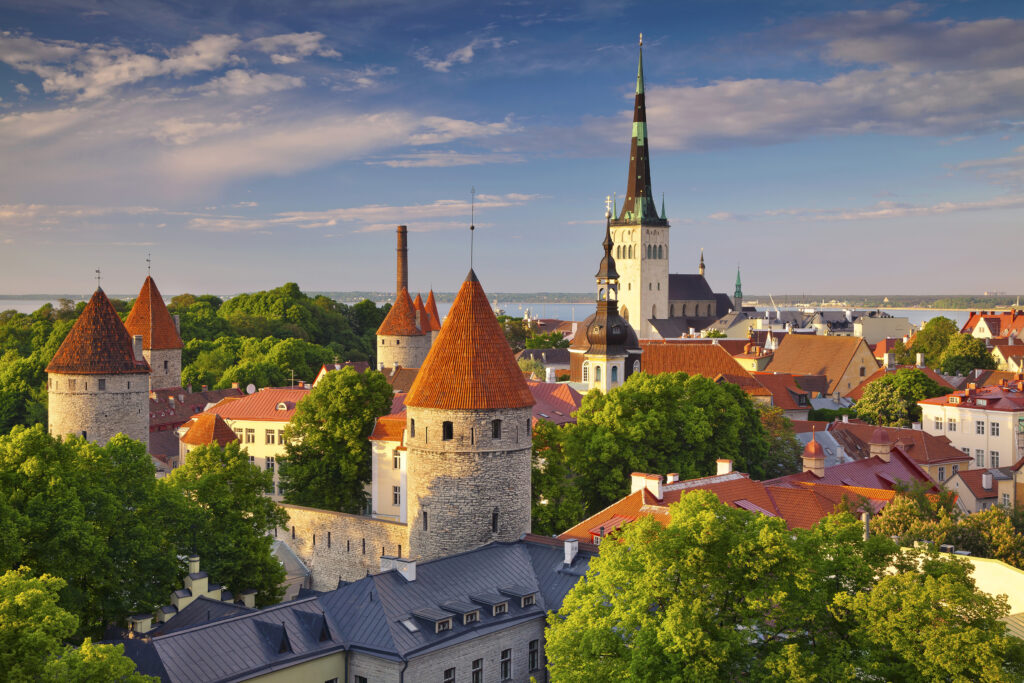
The Estonian coast is still dominated by wetlands, flying squirrels, and respect for solitude––one’s own and that of others. But to protect these long-existing treasures requires a new consciousness. Luckily, it’s already being born.
“Do you like the swings?” Andreas doesn’t wait for an answer. I chase after him, this big, baby-faced boy making his way towards the village, his shoulders swaying from side to side. His leather boots crunch on the stones. Estonians are uncompromising when it comes to footwear. No ridiculous sneakers in the early spring, no plimsolls in the fields. Life here is one step away from nature, and you have to take that into account.
Behind us lies the undulating coast of the Baltic Sea, the headlands and bays covered with erratic blocks left over from various glaciations. In front of us are old fishing buildings: log cabins with thatched roofs, mangers, stables, and a well with a sweep by the path. In this small village in Lahemaa National Park, living history meets current trends. Stylish new wooden buildings have sprung up next to the ancient farms. The old ones were used by fishermen 150 years ago. The newly built ones belong to holidaymakers who come here from Tallinn, an hour away. Since the COVID-19 pandemic, country houses are pricey again. Formerly used to living in seclusion, Estonians have remembered that cramming together in cities is not in their nature. There is a return to favor for rural cabins and their modern equivalents, where one can tend their solitude and secrets all year round.
“When I was little, I was very curious about what other people were doing in their homes,” says Andreas, looking through a window into one of the cabins. “We all have hobbies here. We have to have something to do when we’re sitting inside for hours on end during the dark winter months. But we’re reluctant to talk about it, I don’t know why.” He shrugs. I cast him an inquisitive look, to which he responds: “Me? I play the piano, the saxophone, and the drums. But the piano is the most important. If you can play that, you can play anything. Come on!” he says, racing off. I don’t think he’s capable of walking slowly. And I think that before fall comes around, I should find a hobby, not necessarily a secret one.

At Home in Nature
The cheerful giant finally stops to check if I know how to use a wooden sweep to draw water from the well. I pick a full bucket








